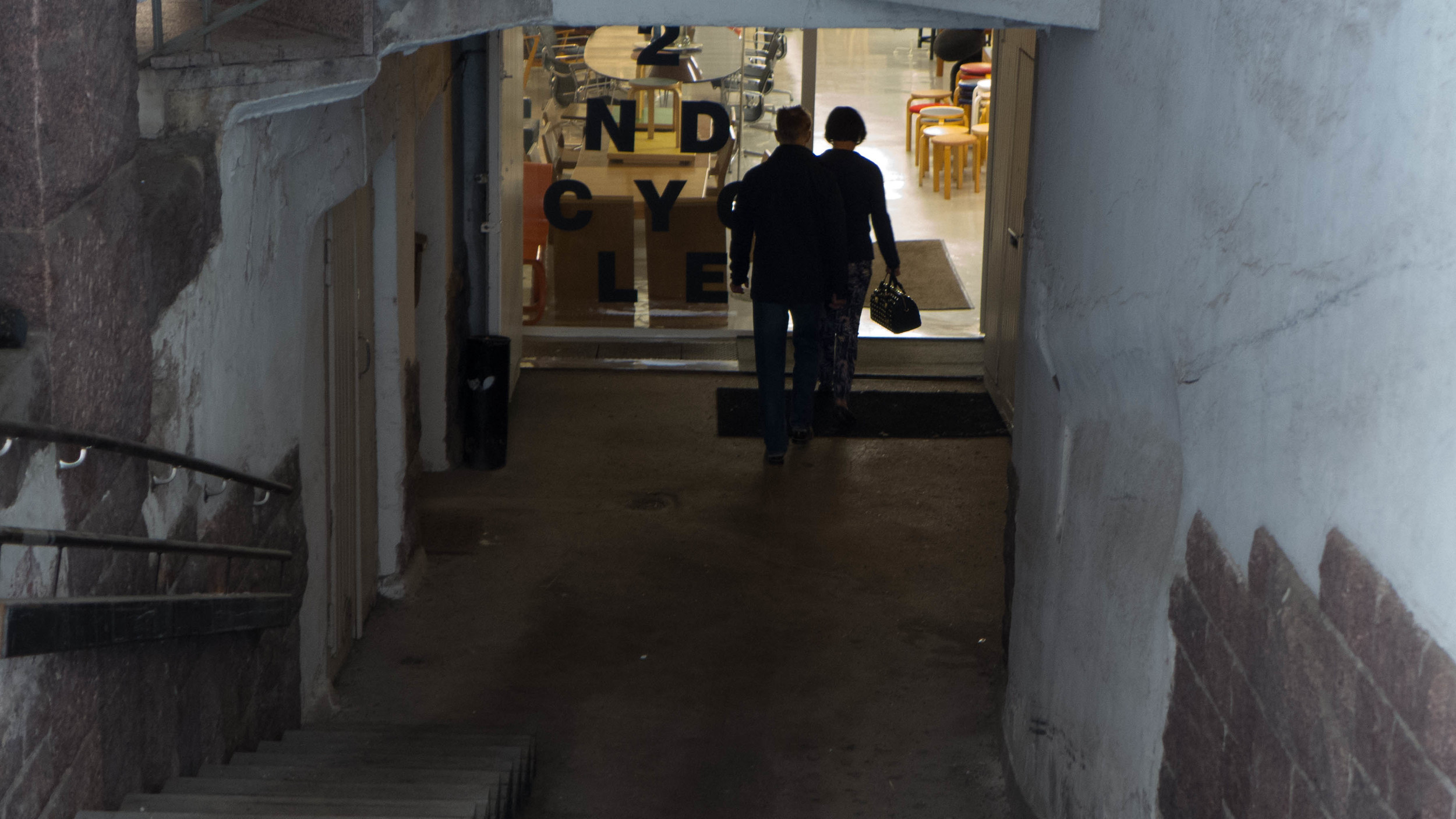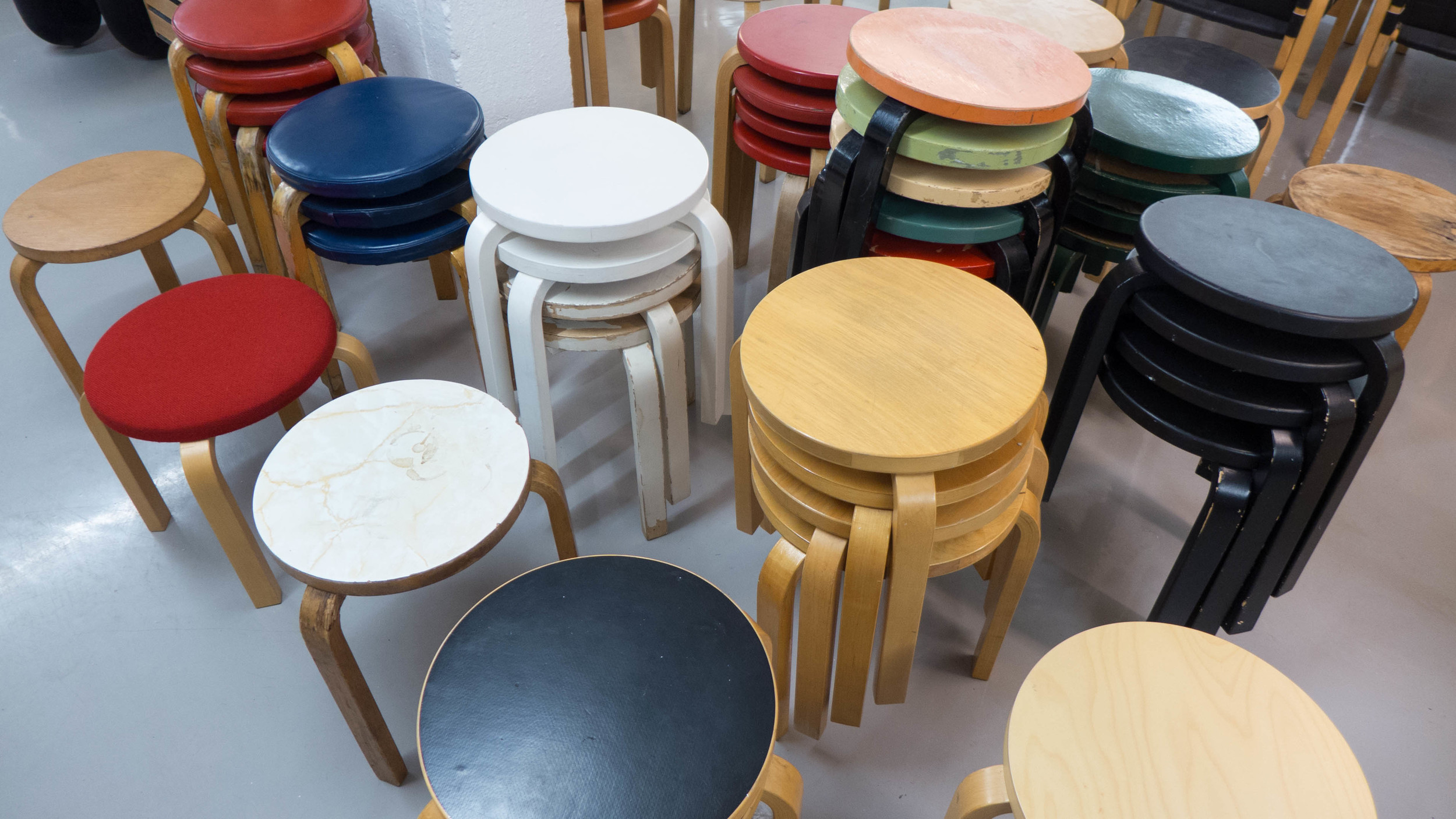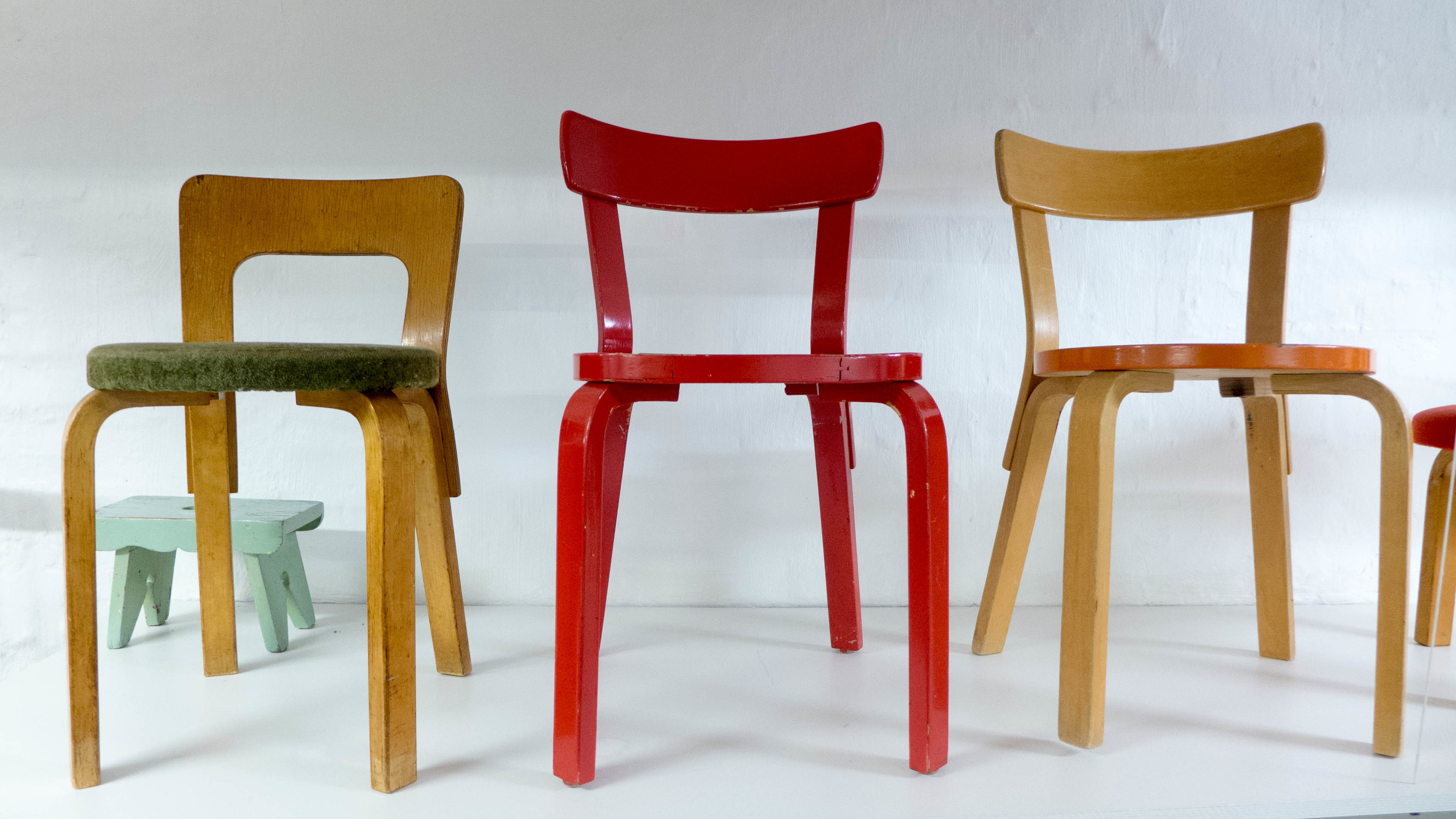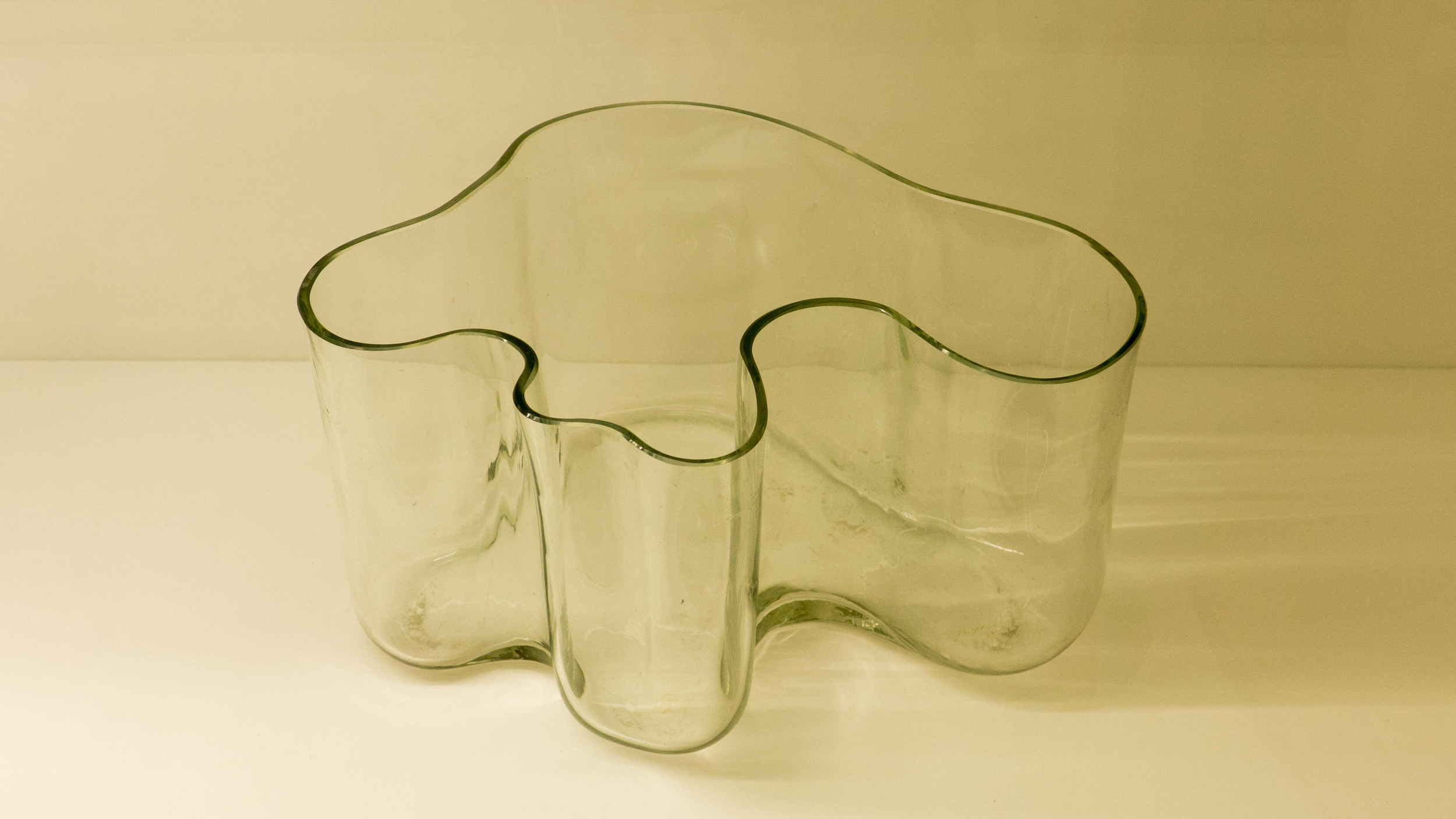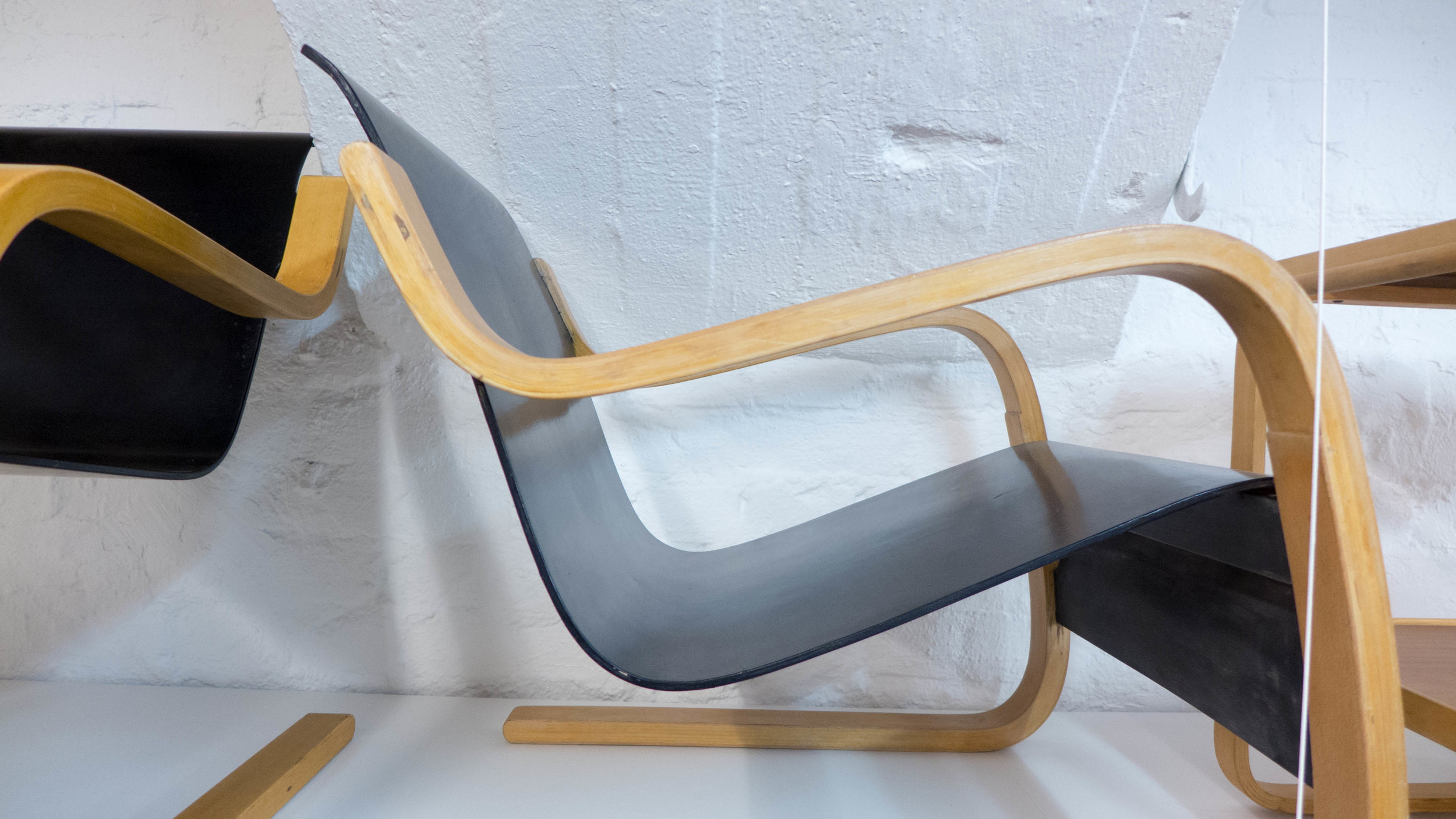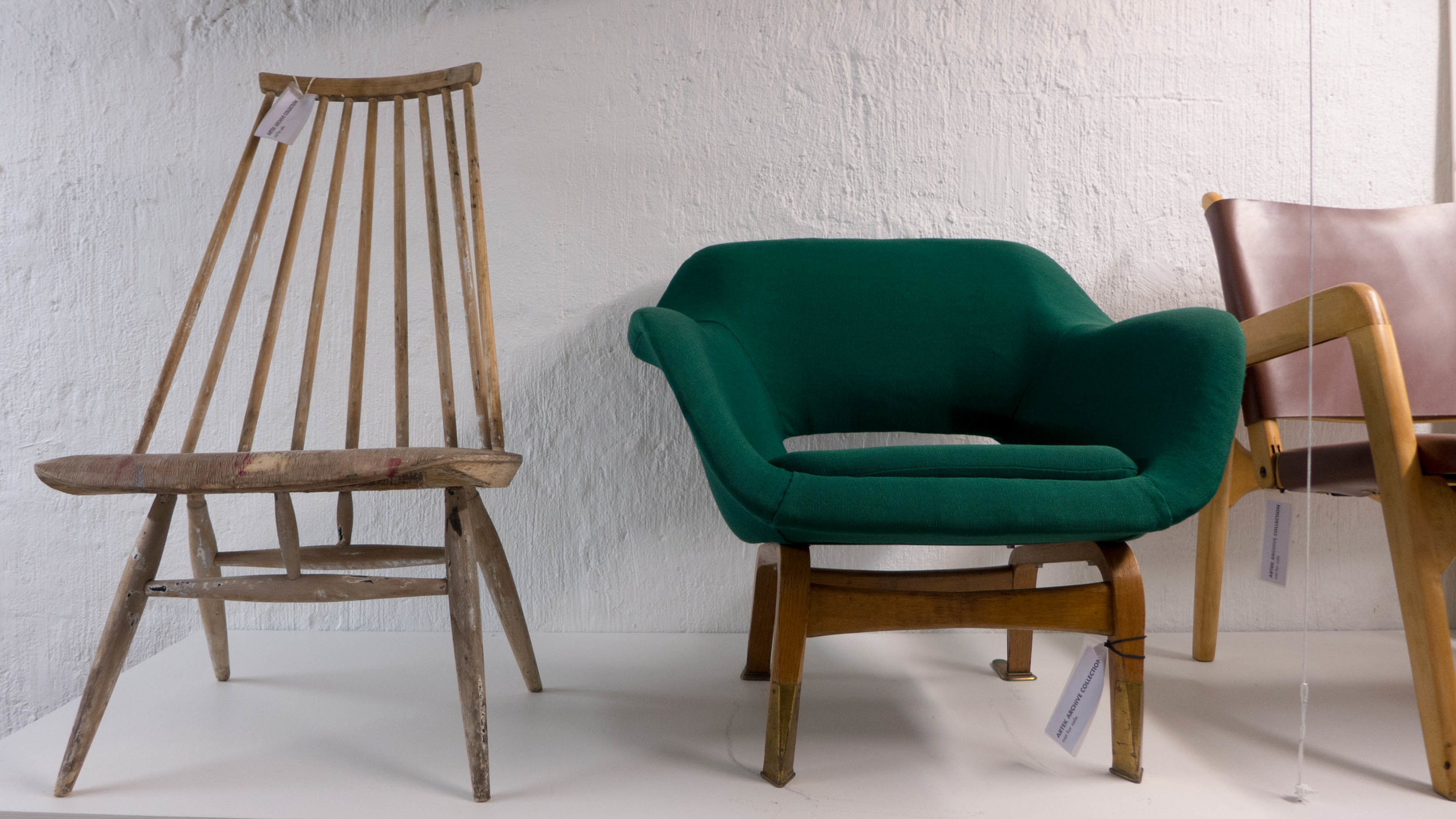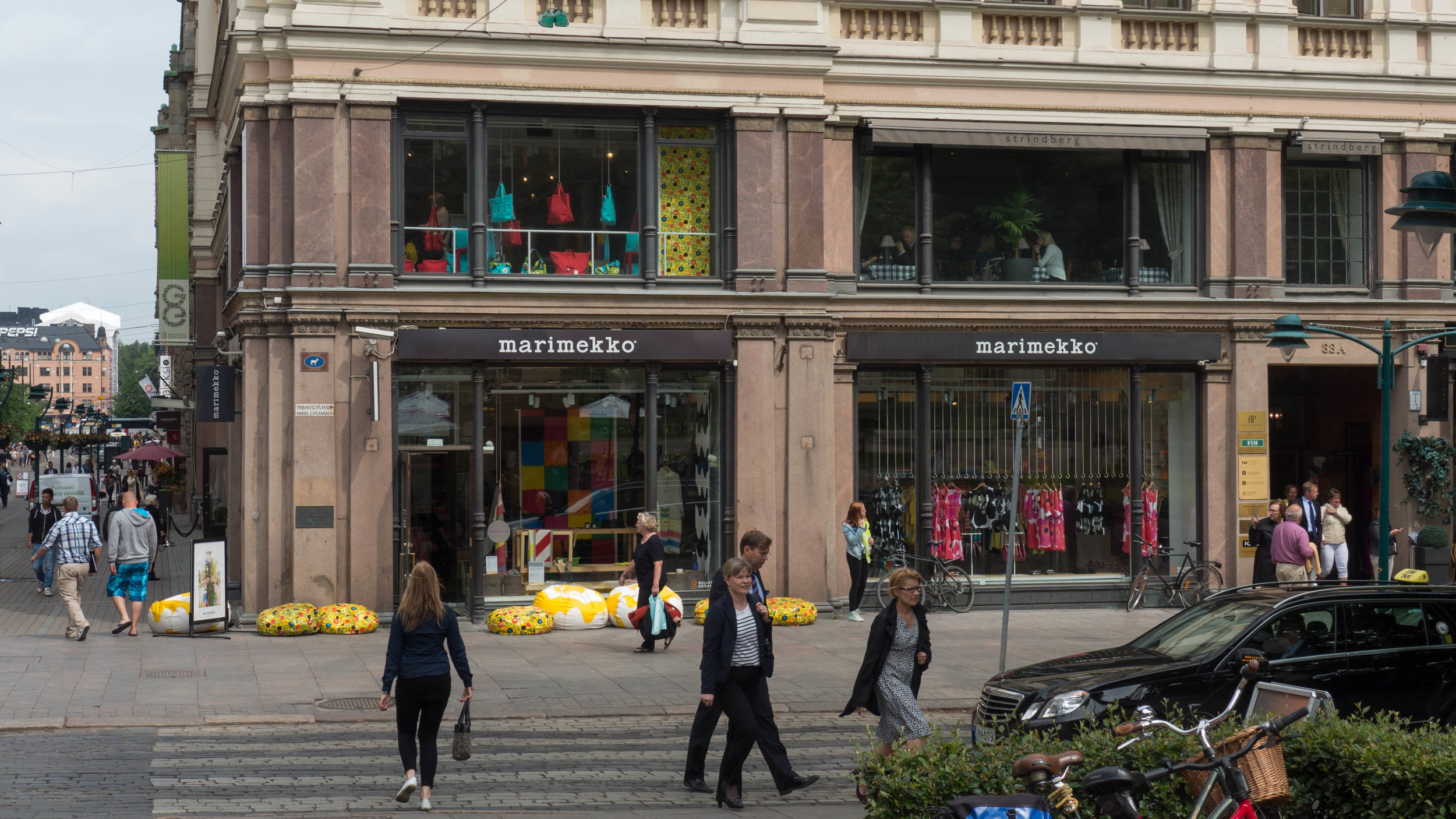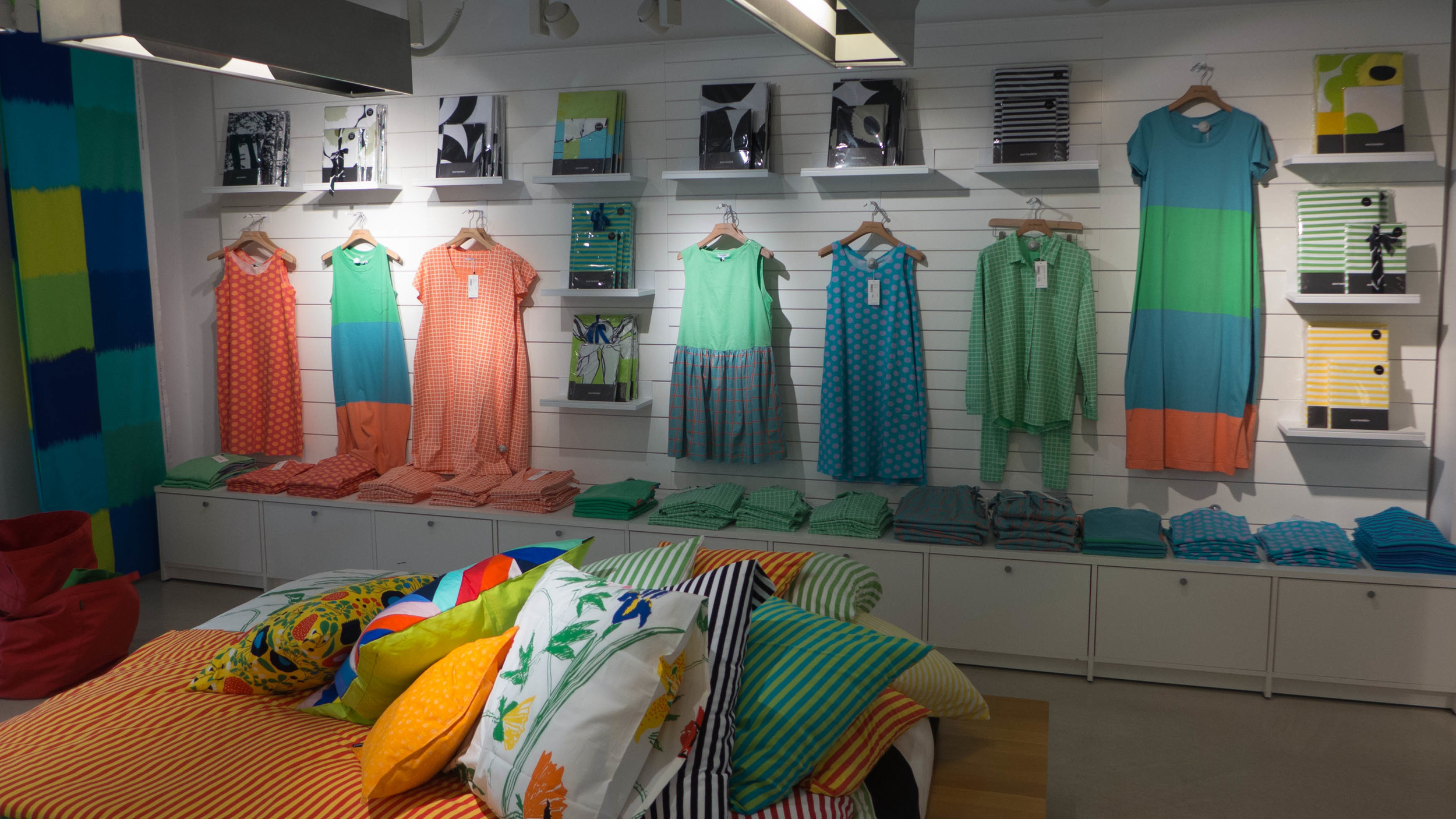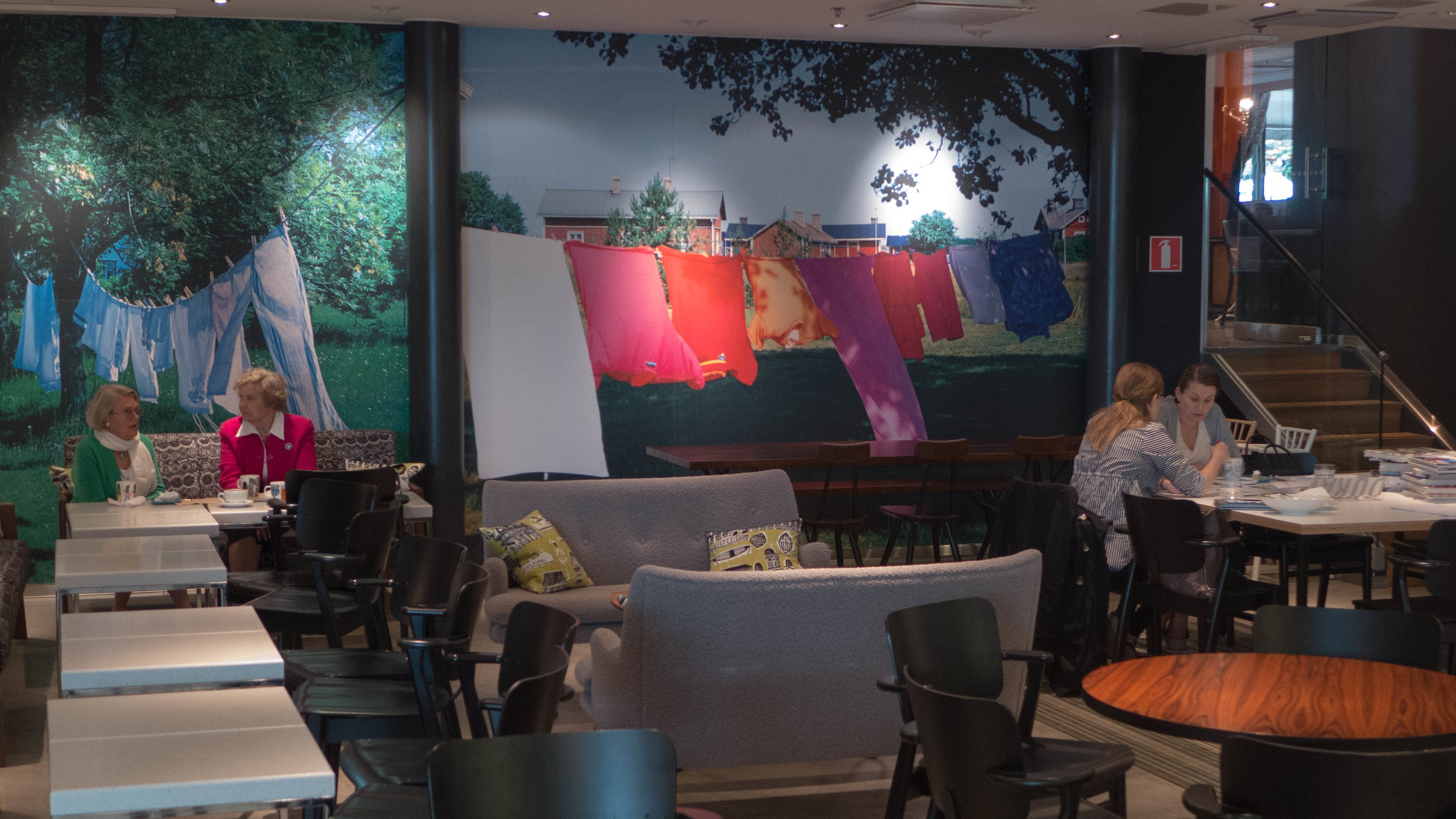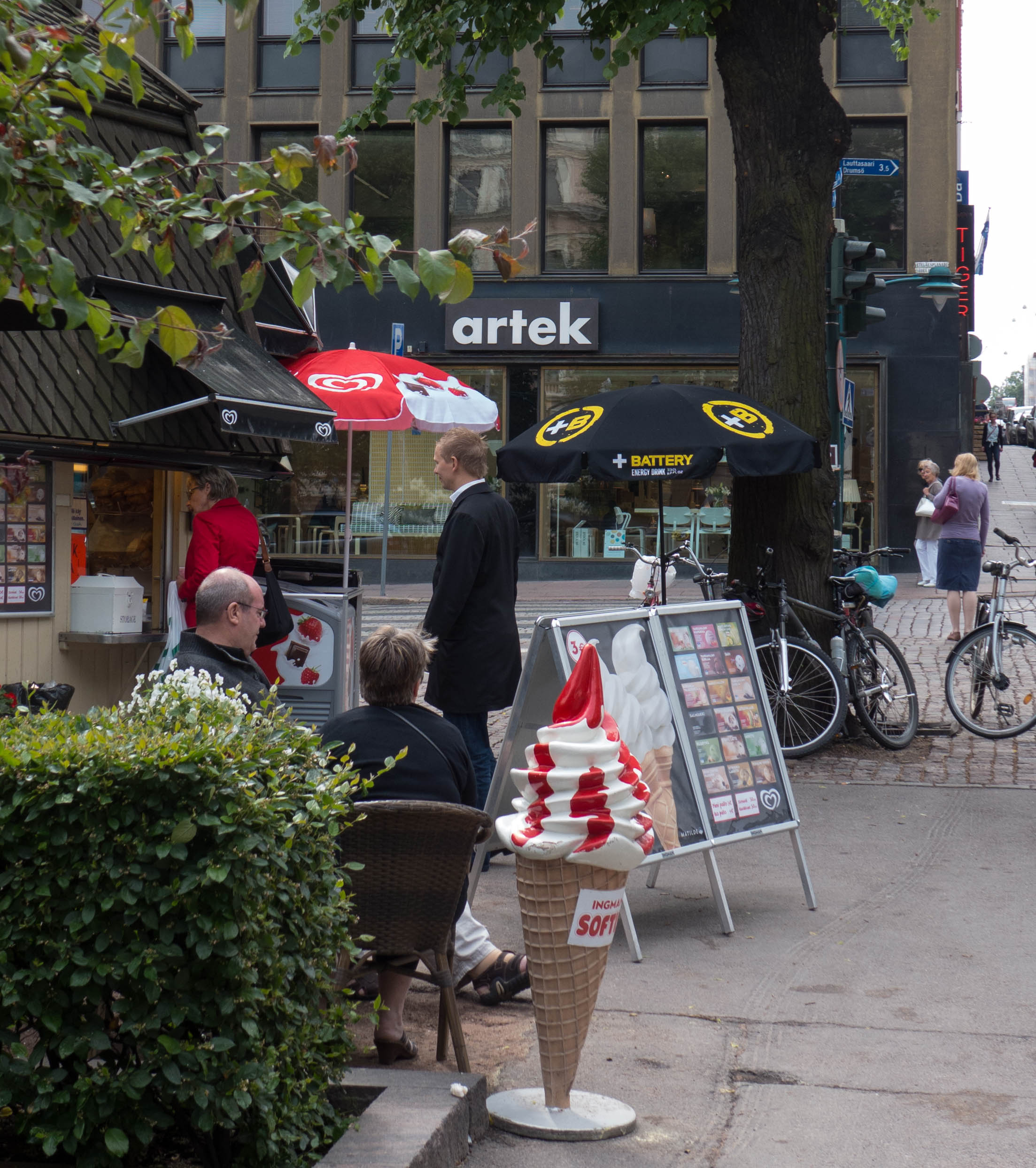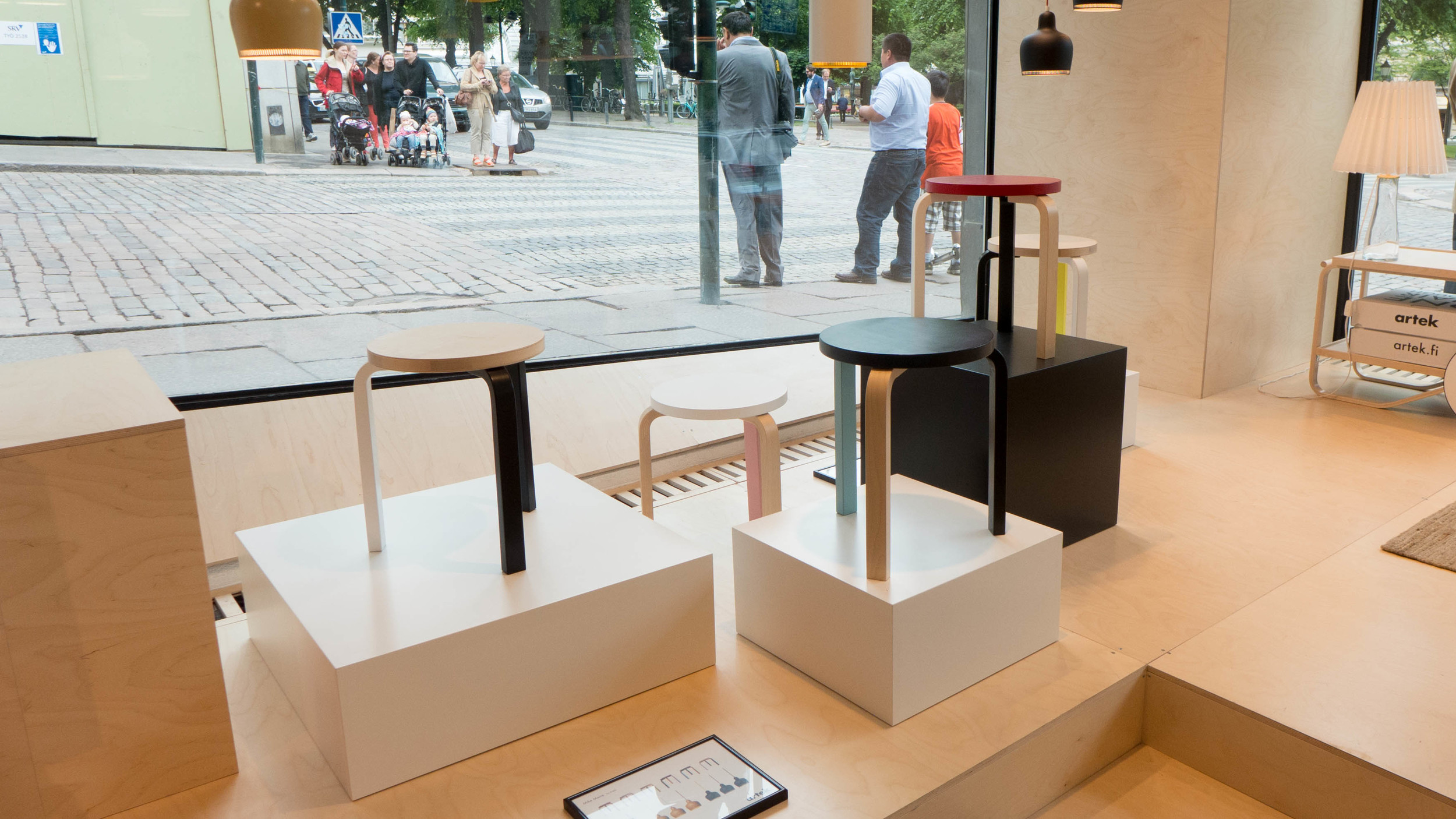Lukki 5 from Artek
/Lukki 5 was designed by Ilmari Tapiovaara and has been in production since 1956. The seat and back are in pressed birch ply and the legs and the back support in painted steel tube. The current colours are black, a soft cream colour called stone and a very soft green described as sage. The use of steel rather than bent wood for legs and frame is relatively unusual from Artek. Here, as always, the use of plywood is deceptively simple … the precise shape, with a gentle roll to the front edge behind the sitters knees rather than a sharp edge that would cut in, and the level of flexibility in the plywood are crucial in making the chair comfortable.
As with all Artek chairs, it is interesting to look at how legs, seats and backs are supported and fixed together. Here there are three steel tubes - a single tube for the front legs and a tube for one back leg and half the back support then mirrored - joined by a circular plate which is fixed to the plywood of the seat. The buffers or dampers between the seat and the frame are crucial … if the frame was just fixed directly to the seat it would feel rigid and unforgiving but too much flexibility could make the seat feel odd and slightly unstable.
Is it just me, or do the three fixings of the back to the support look like a slightly surprised cartoon face?
I can see why Artek continue to produce this piece.
It is essentially a 1950s kitchen chair … not something that is strictly needed now because of the different way in which we arrange and use our houses. When I was a child in the 50s most families had a kitchen large enough for a small table with light small-scale chairs, often metal framed, that was used for breakfast and for the kids when they were eating their “tea”. Most of those families would also have a proper dining room with a set of matching chairs and used by the adults or, in some families, used just for high days and holidays. From the 1970s onwards many families moved over to combining kitchen and dining room or dining room and sitting areas where the traditional dining table and four chairs was used and the kitchen table and chairs became much less common: in middle class homes, if there was still a large kitchen table in their Victorian or Edwardian house, it was invariably stripped pine with an assortment of old chairs or benches.
Now, with smaller family units, less family time eating together, and generally less space in new flats and apartments, chairs like the Lukki are again useful along with a return to popularity of the gate-leg table. Flexibilty is crucial in a small space and the Lukki 5, relatively cheap and light, can be stacked away but be brought out on those occasions when you want or need to have more people sitting around the table. It has a family resemblance to those now fashionable 50s plastic-covered metal-framed kitchenette or dinette chairs but in its subtle colours has a slightly different and more sophisticated style.




